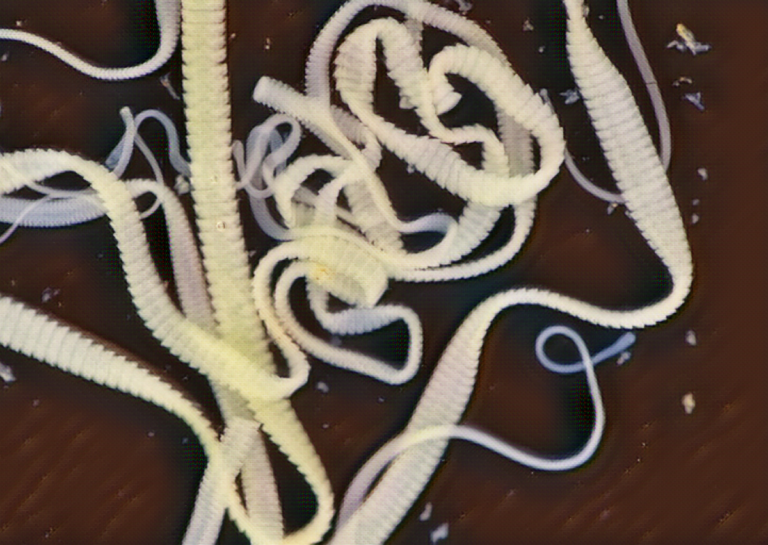Overview
A tapeworm is a parasitic flatworm that can infect a human’s intestines. Tapeworm infection in children is relatively uncommon, but it can occur and can cause a variety of symptoms. Tapeworms are usually transmitted through the consumption of contaminated food or water, and they can also be transmitted through contact with infected animals or through the use of contaminated utensils.
Symptoms
The symptoms of tapeworm infection in children can vary depending on the type of tapeworm and the location of the infection. Some common symptoms include abdominal pain, diarrhea, weight loss, and malnutrition. In some cases, tapeworms can cause anemia and other nutritional deficiencies. Children with tapeworm infection may also experience itching around the anus, as tapeworms can release their eggs in the feces.
Causes
Tapeworms are caused by the ingestion of food or water that is contaminated with tapeworm eggs or larvae. Children can also become infected with tapeworms by coming into contact with infected animals or by using contaminated utensils. In some cases, children may also become infected by consuming raw or undercooked meat that is infected with tapeworm larvae.
Treatment
The treatment of tapeworm infection in children typically involves the use of antiparasitic medications. These medications can be taken orally or they can be administered as a shot. In some cases, a doctor may also recommend a stool test to confirm the presence of tapeworms.
Prevention
To prevent tapeworm infection in children, it is important to practice good hygiene, including regular handwashing, and to avoid consuming food or water that is contaminated with tapeworm eggs or larvae. Children should also be taught to avoid contact with infected animals and to be careful when using utensils that may be contaminated. Cooking meat thoroughly can also help to prevent tapeworm infection.
Citations
- American Academy of Pediatrics. (2019). Tapeworm infection. In: Red Book: 2020 Report of the Committee on Infectious Diseases. Elk Grove Village, IL: American Academy of Pediatrics.
